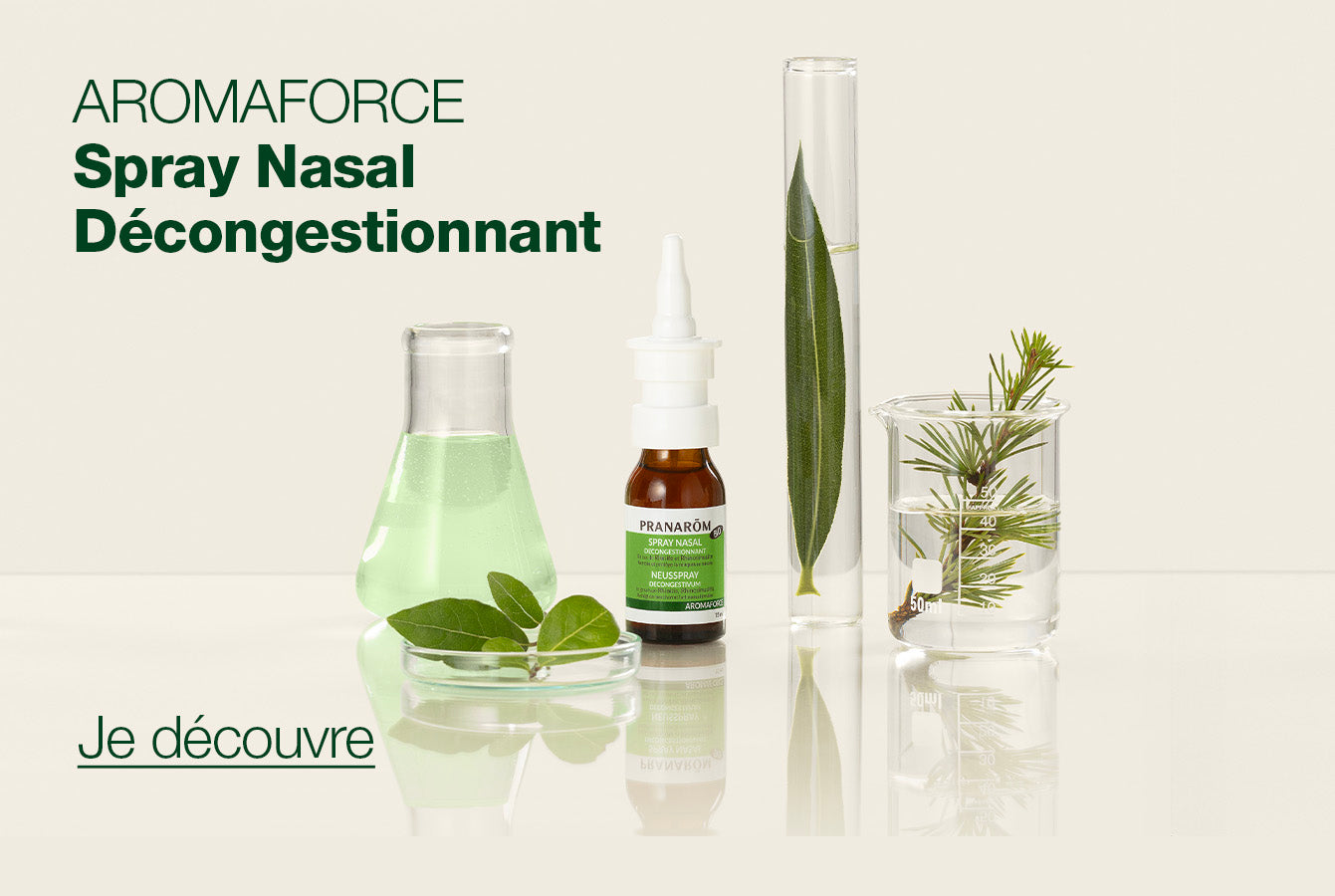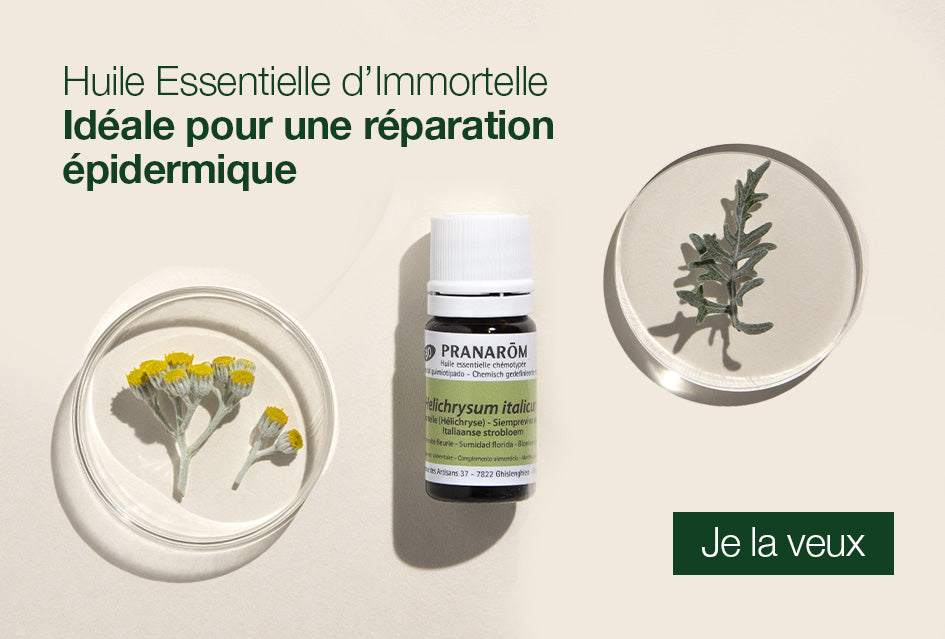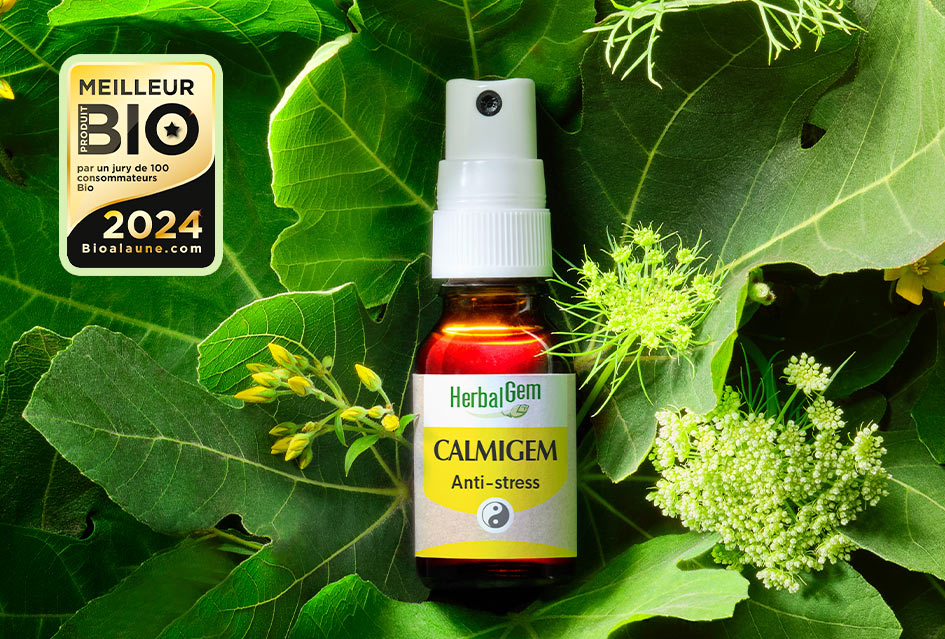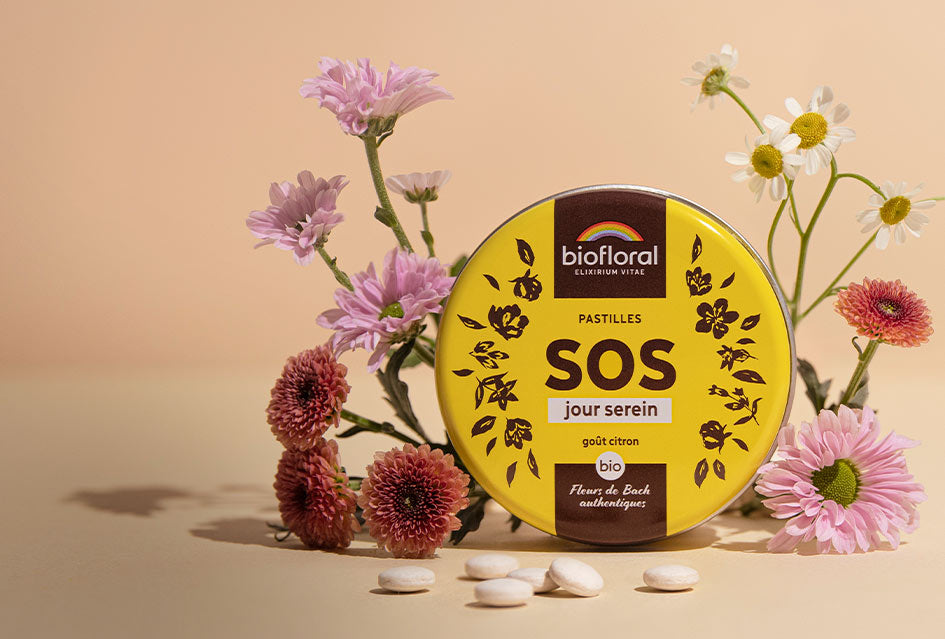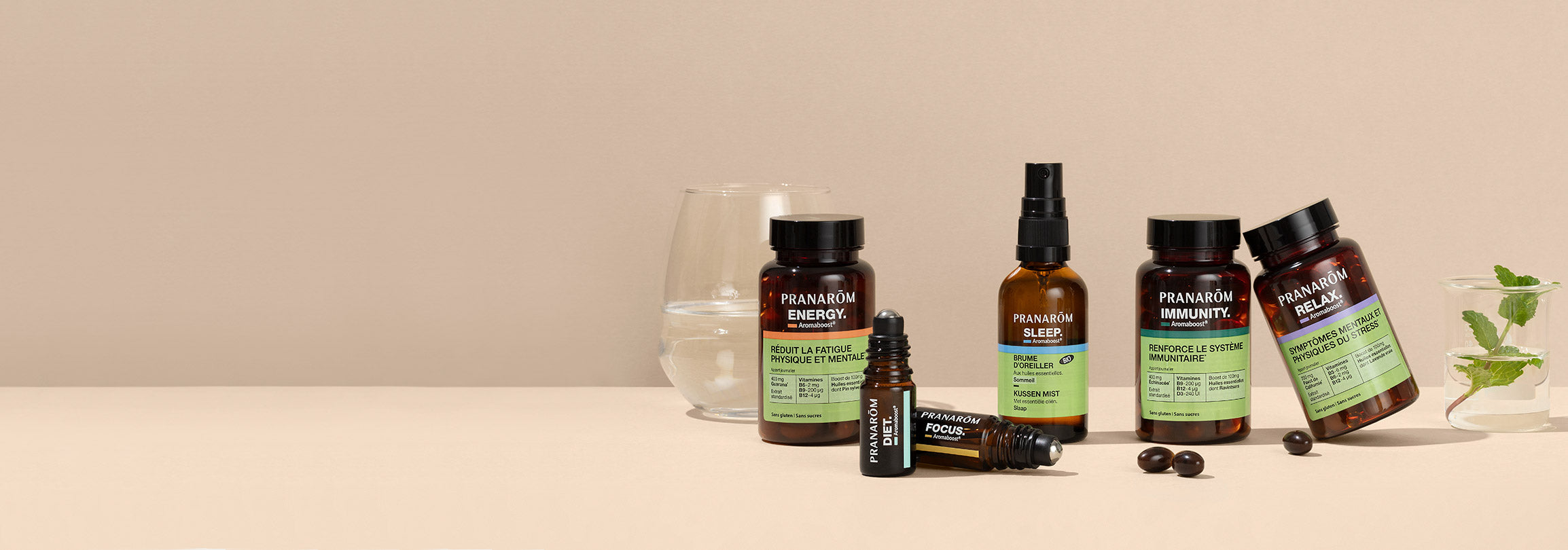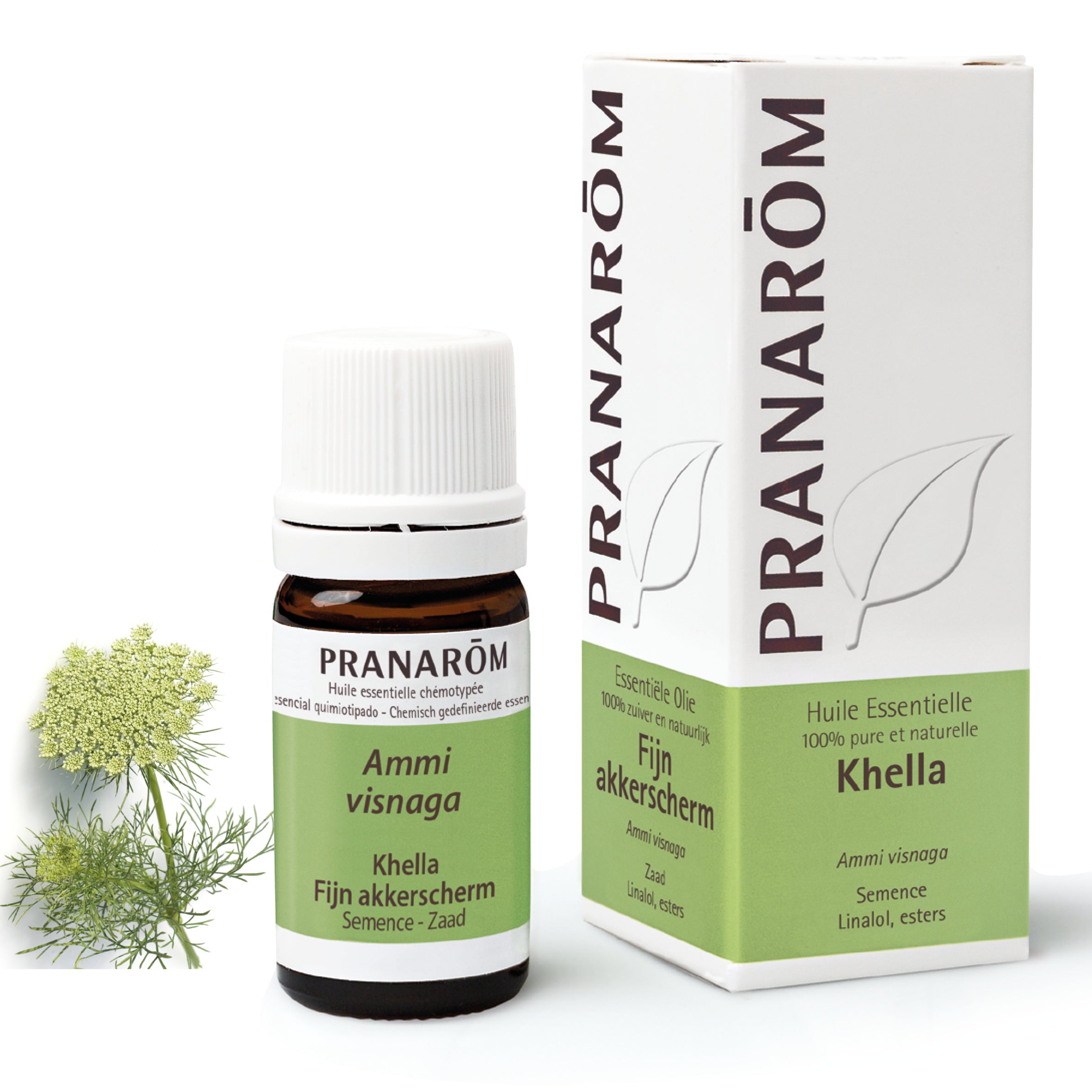
Essential oils
 Shipping within 48 hours
Shipping within 48 hours
 Secure payment
Secure payment
 Pay in 3 installments with Alma
Pay in 3 installments with Alma
Khella
Favorise le bien-être respiratoire tout en apportant un effet apaisant et décontractant, idéal pour aider à détendre le corps et calmer les tensions.
Read more
5 ml
You might also like
Detailed description
Detailed description
Composition
Composition
Linalol, esters
How to use
How to use
Precautions for use
Precautions for use
 Emballage recyclable
Emballage recyclable
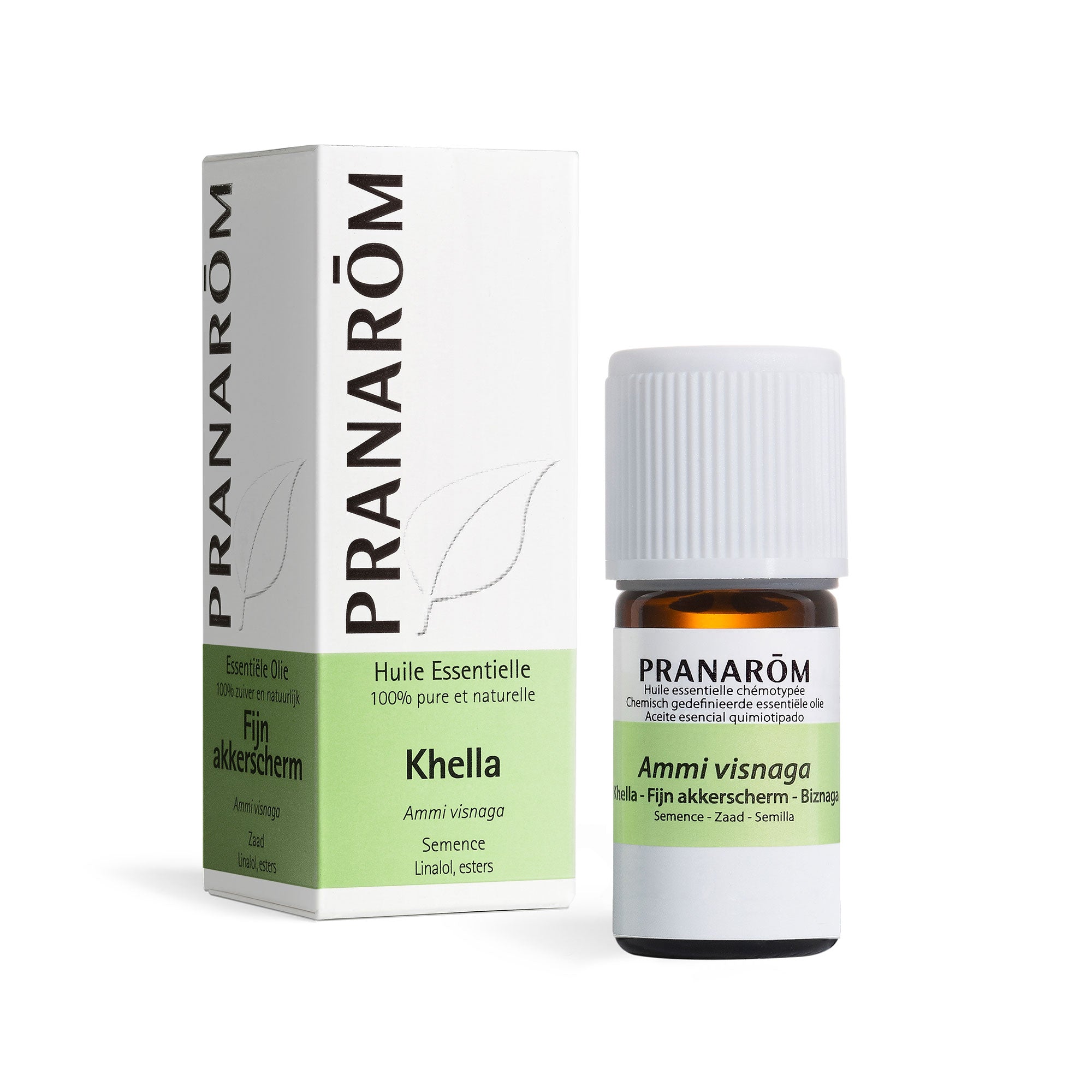
Khella
Sale price28,90 €
Regular price28,90 € (/)
This product is rated 5.0 of 5.0 stars.
It has received 1 review.


